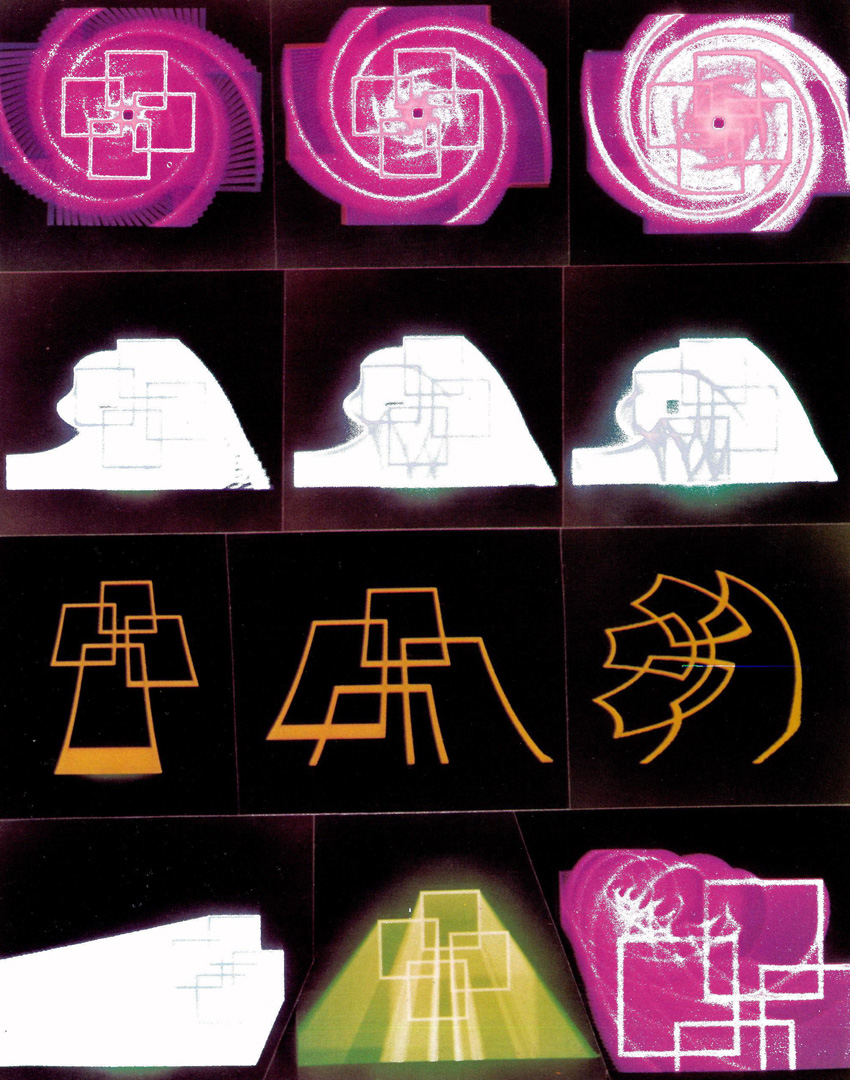“Adaptation of scan and slit-scan techniques to computer animation” by Parke
Conference:
Type(s):
Title:
- Adaptation of scan and slit-scan techniques to computer animation
Presenter(s)/Author(s):
Abstract:
The adaptation and generalization of scan and slit-scan animation stand techniques for use in computer generated animation is discussed. Scan and slit-scan techniques are based on moving artwork, camera, and, for slit-scan, a thin aperture while the camera shutter is open. These processes can be described as selectively sampling an environment over time and recording the result as a single image. Sequences of such images form the animated film. Rather than use mechanical means to accomplish this, it is possible to develop algorithms which mimic this processes but are based on sampling dynamic environment descriptions to generate computer produced images. The use of computer graphics allows these techniques to be generalized in ways difficult or impossible even with very elaborate animation stands. Use of multiple independent scanning apertures and three-dimensional environments are natural generalizations. The exact algorithms used depend on the characteristics of the graphics systems used. An approach based on using a real-time shaded graphics system and an approach using frame buffer systems are outlined. The first approach can also be applied to refresh vector graphics systems.
References:
1. D. Trumbell, an article on the “2001: A Space Odyssey” star-gate sequence, American Cinematographer, October 1969.
2. L. G. Sims, “Animation, Scan, and Slit Scan Photography,” Proc. 25th Intl. Tech. Comm. Conf., Dallas, May 1978.
3. Z. Perisic, The Animation Stand, Focal Press, New York, 1976.
4. F. Parke, “The Case Shaded Graphics System,” Proc 25th, Intl. Tech. Comm. Conf., Dallas, May 1978. Also Tech. Rep., Computer Engineering, Case Institute of Technology.




